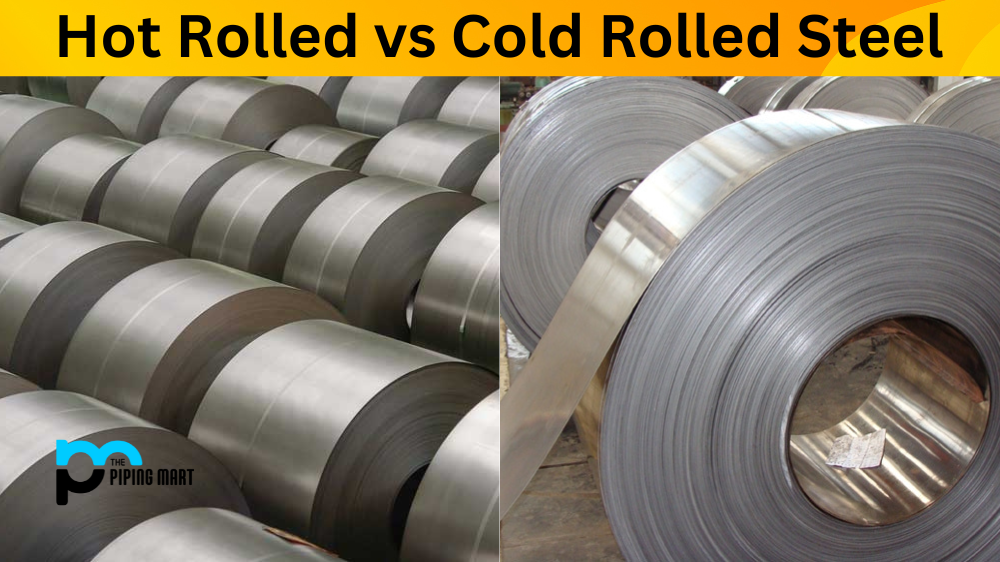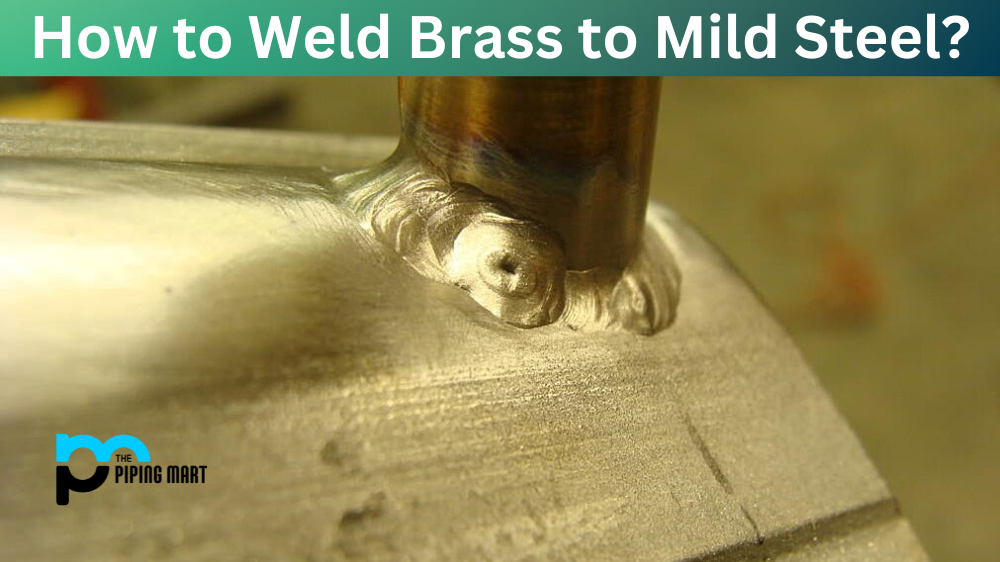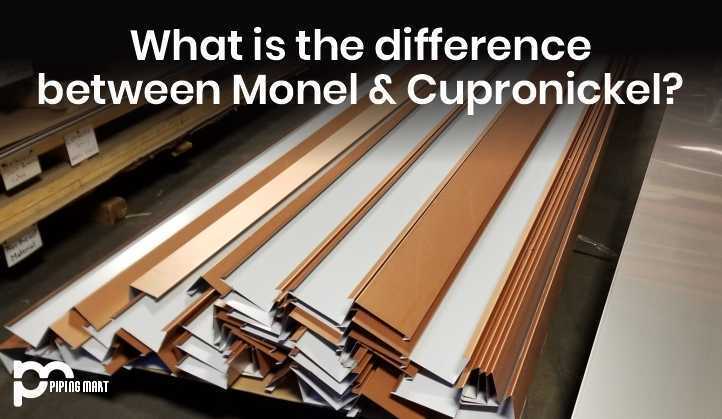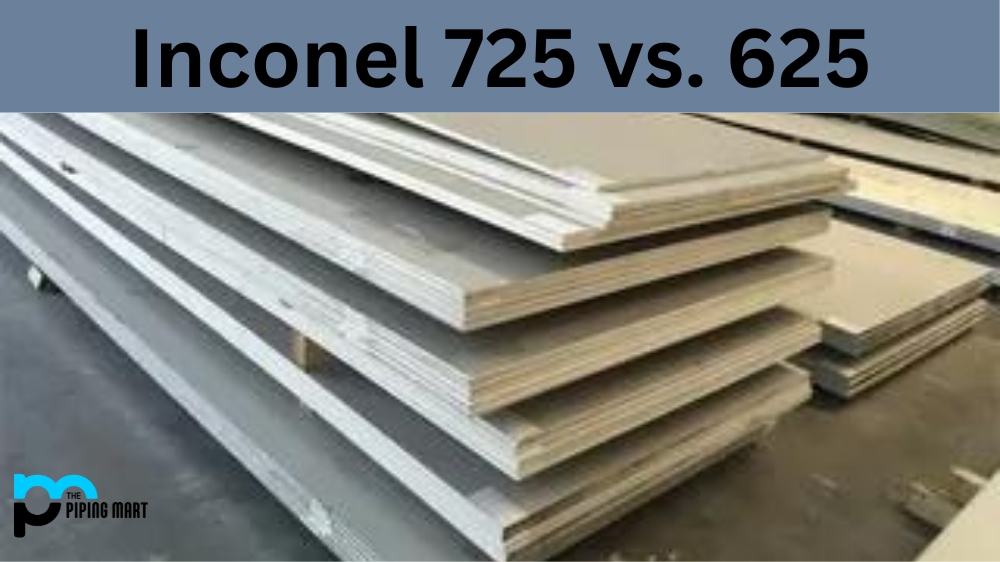Steel is vital in most industrial and construction applications, so understanding the differences between hot-rolled and cold-rolled steel is essential for manufacturing and construction professionals. This blog post explains the difference between hot-rolled and cold-rolled steel, including their manufacturing process, properties, and applications.
What is Hot Rolled Steel?
Hot Rolled Steel is a steel processed at high temperatures, improving malleability and strength. Due to the higher temperatures, hot-rolled steel is much more workable than cold-rolled steel, making it suitable for applications requiring complex shapes. Hot Rolled Steel also offers excellent weldability, formability, and ductility while providing greater resistance to fatigue, corrosion, warping and deformation.
What is Cold Rolled Steel?
Cold-rolled steel is a type of steel that has been processed using cold-rolling techniques. It is typically used in applications requiring strength and precise shapes, such as automotive, appliances, metal furniture, etc. It also offers a superior surface finish and high dimensional accuracy compared to hot-rolled steel while retaining similar strength and ductility levels.
Difference Between Hot Rolled and Cold Rolled Steel
Manufacturing Process
Hot-rolled and cold-rolled steel is produced differently. Hot rolled steel is made by heating steel above its recrystallization temperature, typically between 1,100°F and 1,800°F. The steel is then fed through a set of rollers to achieve the desired thickness, creating a sheet or coil of steel.
On the other hand, cold rolled steel is produced at room temperature. The steel is first cleaned and pickled to remove any impurities; then, it’s passed through a cold mill to reduce its thickness and improve its surface finish.
Properties
The hot-rolled and cold-rolled steel manufacturing processes result in different physical and mechanical properties. Hot-rolled steel has a rough, scaly finish and needs to be more precise in its dimensions. However, it’s also less expensive and has a higher yield strength than cold-rolled steel.
Cold-rolled steel has a smoother finish and tighter dimensional tolerances, making it ideal for products that require high precision and excellent surface quality. It has a lower yield strength and is more expensive than hot-rolled steel.
Applications
Hot-rolled and cold-rolled steel has different applications in various industries. Hot-rolled steel is commonly used in construction, transportation, and manufacturing for applications such as I-beams, railroad tracks, and pipelines. It’s also used in automotive manufacturing, where its higher yield strength is advantageous.
Cold-rolled steel, such as furniture, appliances, and electronics, is often used in precision engineering and product design. Its smooth finish and dimensional accuracy makes it ideal for products that require a high-quality surface finish.
Costs
Cost is an important factor when choosing between hot-rolled and cold-rolled steel. Hot-rolled steel is less expensive, making it a cost-effective solution for products that don’t require high precision and finish.
Cold-rolled steel is more expensive due to its more complex manufacturing process and higher product quality. However, it provides better surface quality, tighter dimensional tolerances, and higher strength, making it a more economical choice for products that require those specific characteristics.
Conclusion
In conclusion, understanding the differences between hot-rolled and cold-rolled steel is essential for making informed decisions about which steel to use for industrial and construction applications. Hot-rolled steel is less expensive, has higher yield strength, and is ideal for products that don’t require high precision and accuracy. On the other hand, cold-rolled steel has a higher-quality surface finish and tighter dimensional tolerances and is better suited for products that require high precision and accuracy. Ultimately, the choice between hot-rolled and cold-rolled steel depends on the specific application and the characteristics required for the end product.
Rachana is a dedicated and ambitious young woman who has made a name for herself in the metal industry. From her earliest days in the industry, Rachana showed a natural talent for problem-solving and a keen eye for detail. In her free time, She enjoys reading up on the latest advancements in the industry, as well as exploring new ways to innovate and improve upon existing processes.




